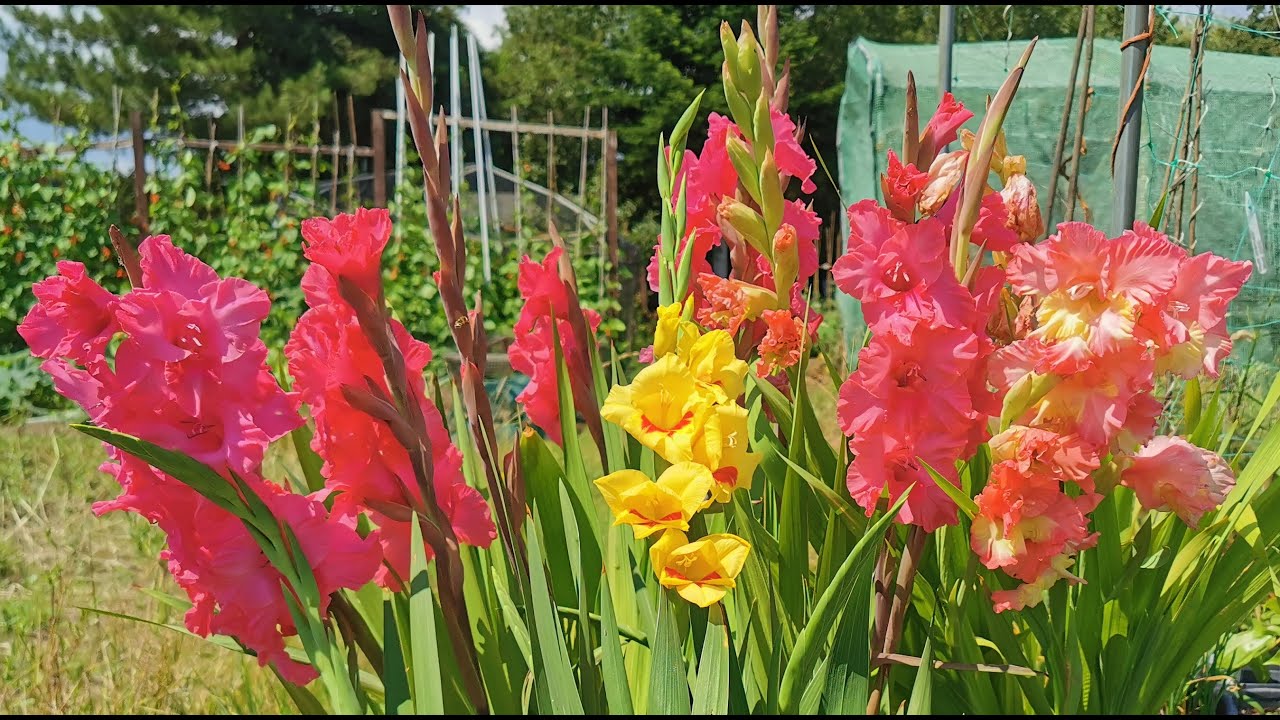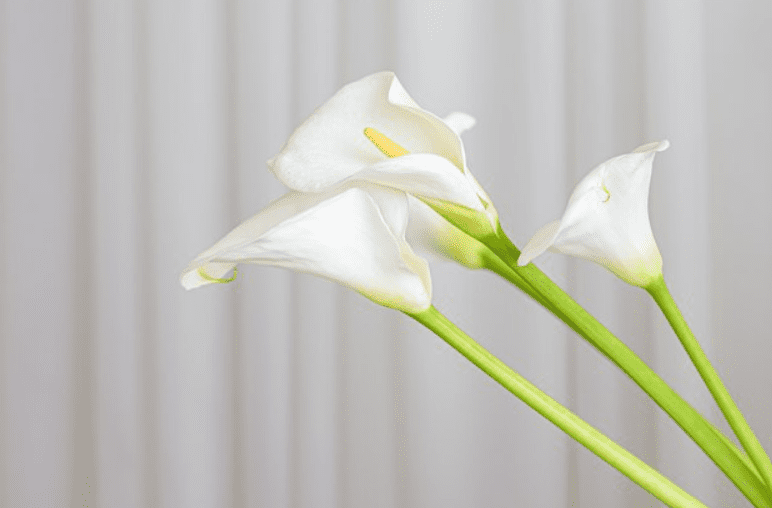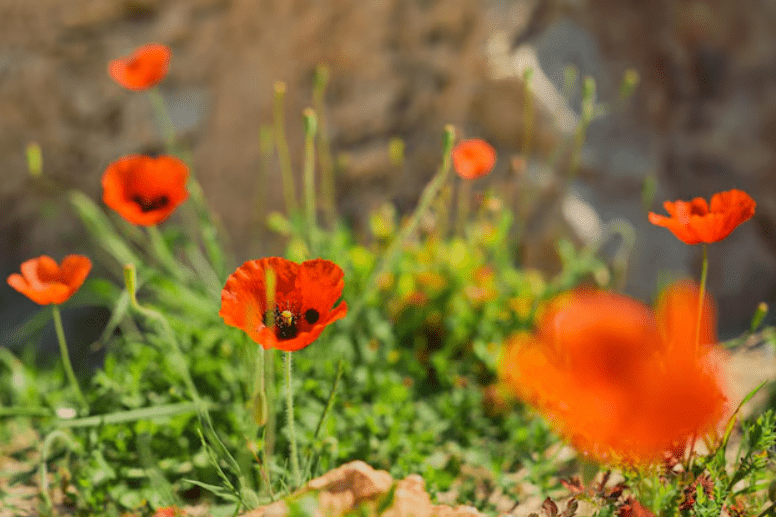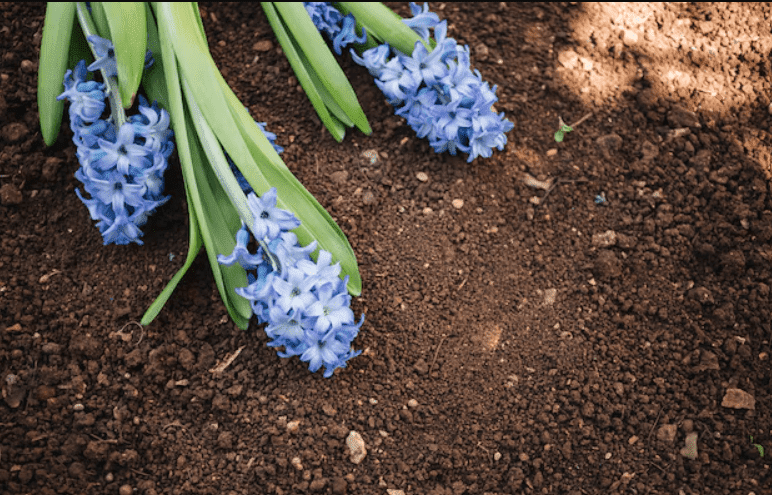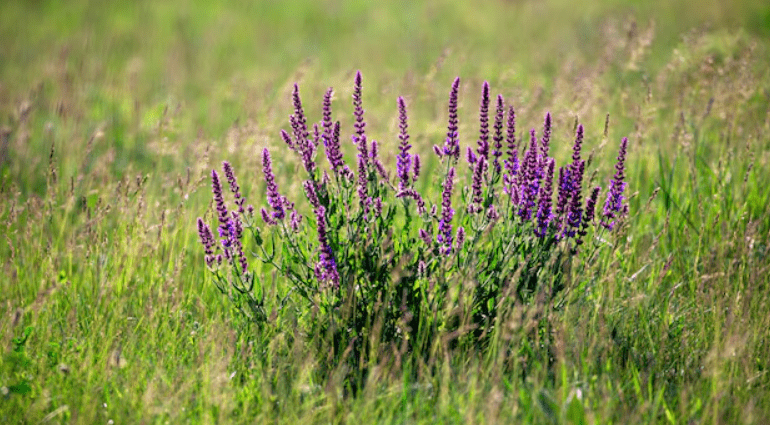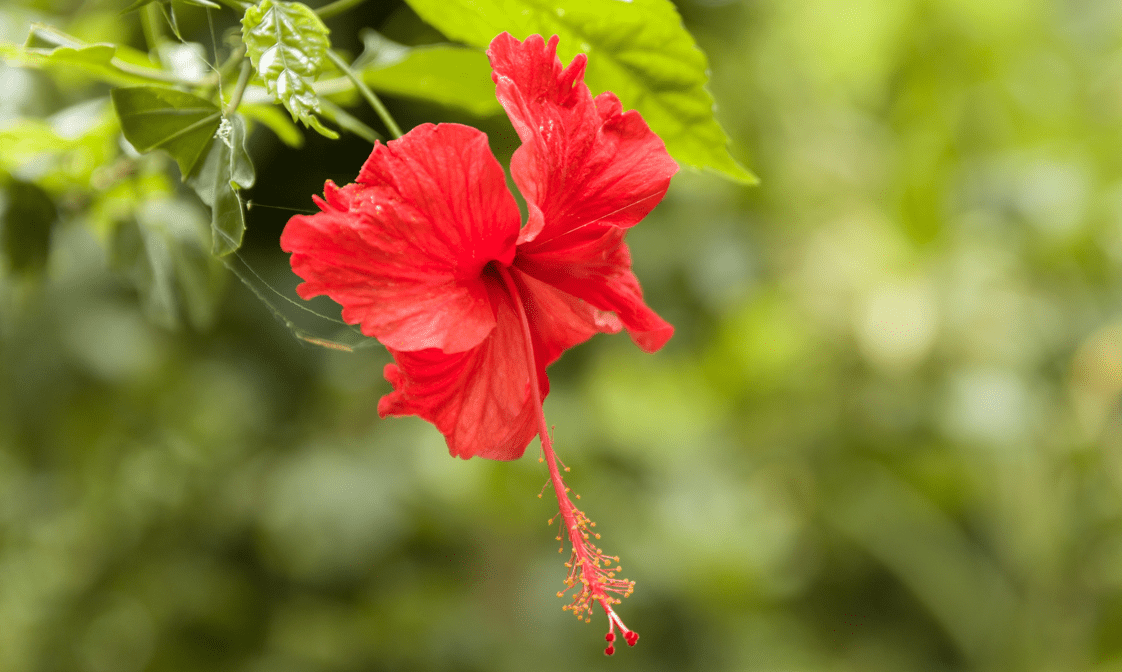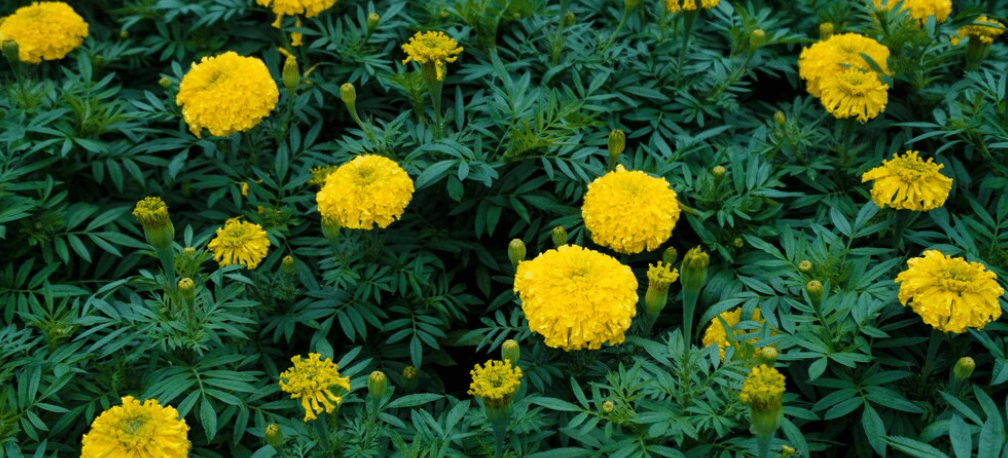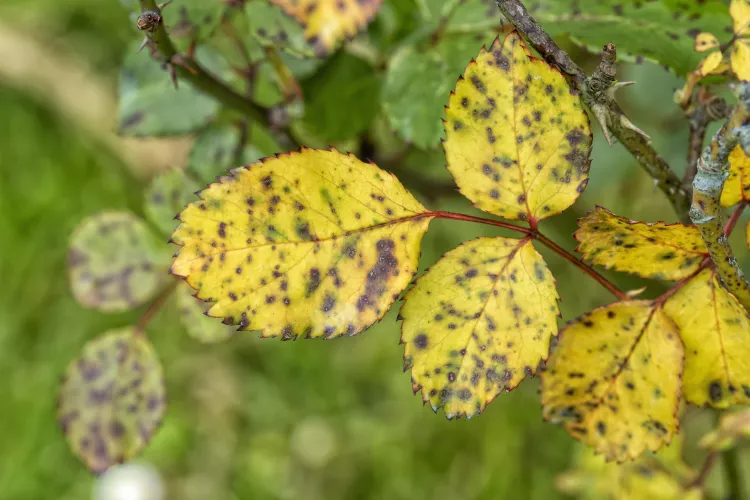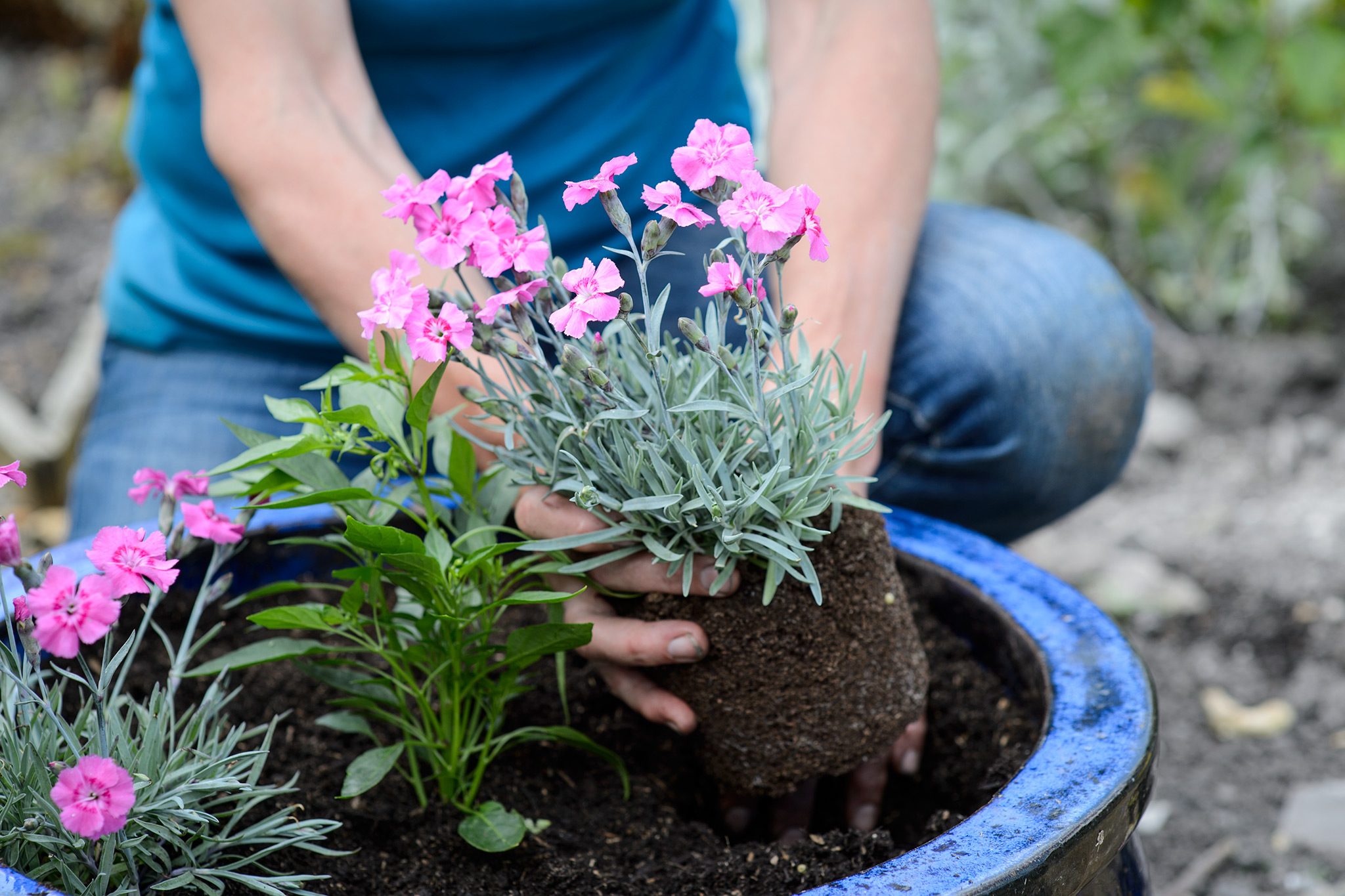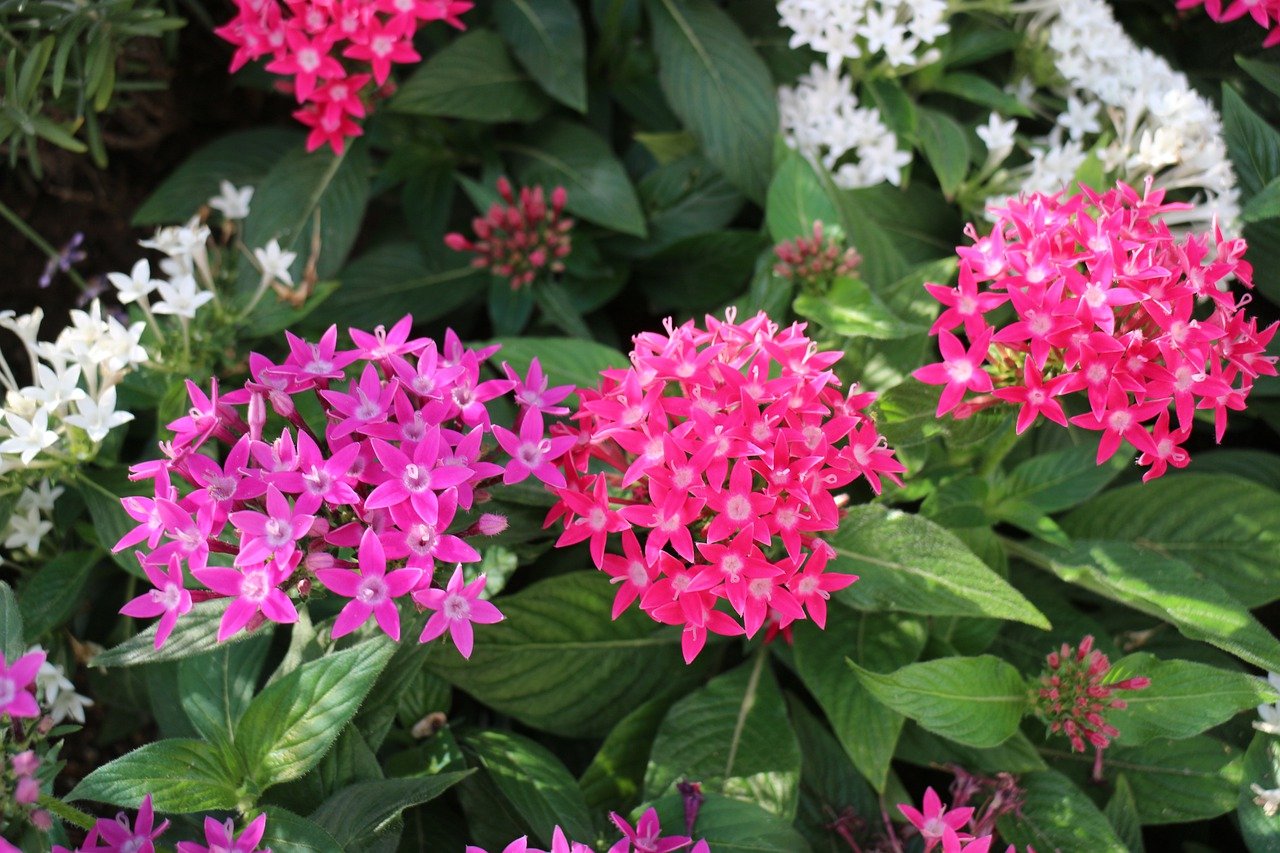The Gladioli or Gladiolus is a timeless perennial celebrated for its towering flower spikes and vibrant, large blooms. A favorite for cut flowers, it adds a stunning touch to summer bouquets. In autumn, gladiolus bulbs must be lifted in colder regions. Discover the best ways to plant, grow, and care for gladiolus throughout the year.
Table of Contents
ToggleAbout Gladiolus
It is a part of the iris family (Iridaceae) and is commonly called “glads,” gladiolus is a beautiful flower that comes in a variety of colors and sizes. Gladiolus offers options for every garden, from compact hybrids that thrive in containers to larger Grandiflora hybrids with towering bloom spikes.
The most common gladiolus varieties typically grow between 2 and 5 feet tall, blooms under 3 inches in diameter, and “giant” flowers exceeding 5 inches. Taller types often require staking and are best positioned at the back of a garden, where they can complement shorter plants.
The gladiolus “bulb” is a corm—a thickened underground stem used for food storage. Gladiolus species native to South Africa developed this structure to survive dry seasons, allowing the plant to remain dormant until spring rains triggered new growth.
How to Grow Gladioli
If you want to learn how to grow gladioli, this is one of the easiest and most effective methods.
Cultivating Gladioli
Gladiolus thrives in sunny spots with well-drained soil enriched with organic matter. Prepare the planting area by digging to a depth of 20-25cm (8-10in) and enriching the soil with well-rotted compost or soil conditioner. It helps retain moisture and ensures high-quality blooms.
Gladioli Varieties
There’s a wide range of gladiolus types, from delicate miniatures and elegant primulinus hybrids to massive varieties with flowers up to 15cm in diameter and plants reaching 1.8m (6ft) tall.
While most gladioli are not fully hardy, Gladiolus byzantinus and Gladiolus communis can tolerate milder winters, surviving to -10°C (14°F). These varieties can remain in the garden year-round, particularly if covered with a soil mulch for added protection.
Planting Gadioli
Plant gladiolus corms every couple of weeks between March and May to enjoy a continuous display of flowers throughout the summer and autumn. Avoid planting too early when the soil is still cold; a good guideline is to begin planting when deciduous trees start to leaf out.
For heavier soils, place the corms on a 5cm (2in) layer of sharp sand or gravel to improve drainage.
Before planting, incorporate a general granular fertilizer into the soil.
Plant the corms 12.5-15cm (5-6in) deep in trenches or individual holes. In heavy soils, plant a bit shallower, about 10-12.5cm (4-5in). Space the corms according to their height and variety, ranging from 10-20cm (4-8in) apart.
Plant the corms at intervals every couple of weeks from March to May to enjoy a continuous display of flowers throughout the summer and autumn. They don’t appreciate planting too early in spring. When deciduous trees come into leaf, it is a good sign to start planting.
In heavy soils, plant the corms on a 5cm thick layer of sand or gravel to improve drainage.
Before planting, add a general granular plant food into the soil.
The corms should be planted 12.5-15 cm deep in trenches or individual holes. In heavy soils, plant corms 10-12.5cm deep. The spacing depends on the type and height, and it ranges from 10-20 cm apart.
Where to Plant Gladioli
Gladiolus works well in various settings, including city and courtyard gardens, cottage and informal gardens, patios, and containers.
How to Care for Gladioli
Once your gladiolus plants have 5 or 6 leaves, taller varieties will need support. The easiest way is to use bamboo canes and string or other soft ties, but don’t tie them too tightly, as it can damage the developing flower head. Ensure the stakes are positioned away from the plant base to avoid harming the corm.
During dry spells, water the plants to prevent the soil from drying out. An ideal deep watering is about 2.5cm (1in) of water once a week. Container-grown gladiolus may need more frequent, even daily, watering.
Feed the plants with a liquid feed every two weeks to encourage healthy growth. As the flower spikes begin to form, switch to a high-potash feed to promote better blooming.
Lifting and Storing Gladioli Over Winter
Since most gladiolus varieties aren’t fully hardy, the corms should be lifted and stored in a frost-free location over winter. In milder climates, you may choose to leave them in the ground, covered with a thick mulch, but this does carry some risk. After the first frost, dig up the corms and allow them to dry for a few weeks. Once dried, detach the new corms from the older, withered mother corms and store them in boxes or mesh bags.
Pests and Diseases
Gladiolus can be affected by sap-sucking gladiolus thrips, which cause white flecks on the leaves and may lead to flower buds turning brown and dropping off. To prevent the spread of thrips, remove any affected foliage and flowers. Gladiolus may also be susceptible to slugs, aphids, and grey mould, so watch for these pests and take action when necessary.

